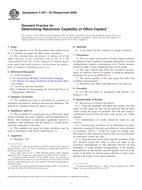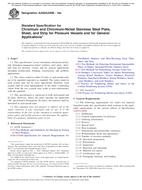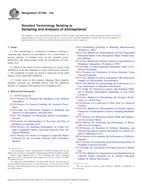1.1 This test method describes the procedure for rapidly determining the percent compaction and the variation from optimum moisture content of an in-place soil for use in controlling construction of compacted earth. These values are obtained by developing a three-point compaction curve at the same moisture content as the in-place soil without knowing the value of the moisture content. The soil used for the compaction curve is normally the same soil removed from the in-place density test. For the remainder of this designation, this test method will be referred to as the rapid method .
1.2 This test method is normally performed for soils containing more than 15% fines (minus No. 200 sieve size).
1.3 When gravel-size particles are present in the soil being tested, this test method is limited to a comparison of the minus No. 4 sieve-size fraction of the in-place density material to a laboratory compaction test of minus No. 4 sieve-size material (Method A of Test Methods D698). Subject to the limitations of Practice D4718, this test method is also applicable to comparisons of other sieve-size fractions (for example, Method C of Test Methods D698) or other compactive efforts (for example, Test Methods D1557) if new moisture adjustment values are determined (see 6.1 and Appendix X2).
1.4 The values stated in SI units are to be regarded as the standard.
1.4.1 The use of balances or scales recording pounds of mass (lbm), or the recording of density in pounds of mass per cubic foot (lbm/ft3) should not be regarded as nonconformance with this test method.
1.5 This standard does not purport to address all of the safety problems, if any, associated with its use. It is the responsibility of the user of this standard to establish appropriate safety and health practices and determine the applicability of regulatory limitations prior to use. For specific hazard statements, see Section 9.
Product Details
- Published:
- 03/10/2000
- Number of Pages:
- 8
- File Size:
- 1 file , 78 KB


